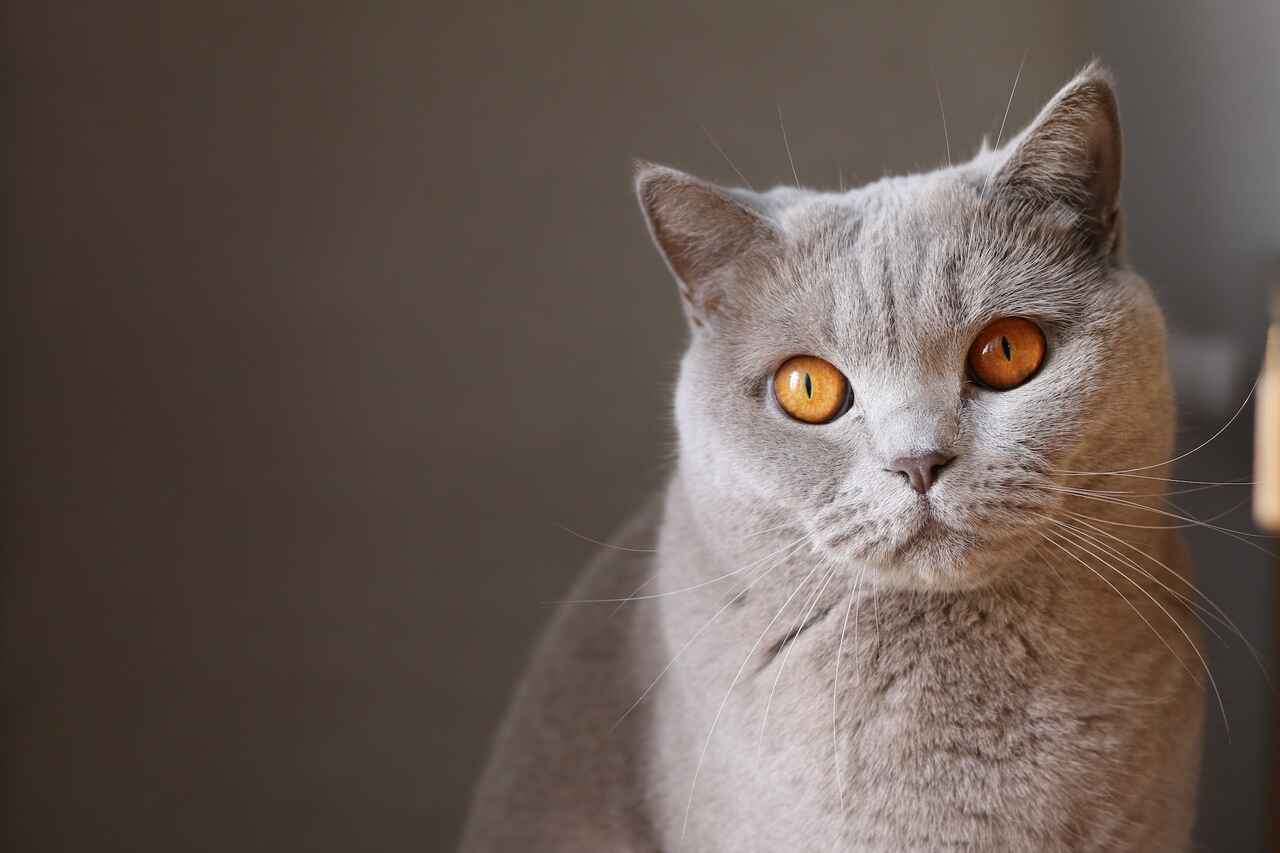
Cats have lived alongside humans for millennia, but there is still much we don’t know about our feline companions. Want to learn more? Keep reading to discover some of the most recent scientific findings about our kitties.
+ New medicine promises to calm cats during transportation to the veterinarian
+ Meet Taylor Swift’s Cats: Meredith Grey, Olivia Benson, and Benjamin Button
1. Cats’ faces are more expressive than you think
Anyone who owns a cat knows that felines are very expressive creatures. However, it was not known how much until a new study revealed that cats make 276 distinct facial expressions using 26 unique facial movements, such as opening their lips, licking their nose, or squinting their eyes.
“It was really interesting to think about how domestication has shaped that facial expression repertoire, and then thinking about comparisons that we could potentially make with other species,” said Brittany Florkiewicz, co-author of the study, to Quirks & Quarks presented by Bob McDonald.
2. Cats can catch coronavirus
Long before SARS-CoV-2, there was a different coronavirus affecting the feline population. “Standard cat coronavirus is worldwide. And most cats, if they go outside, will pick it up,” said Danielle Gunn-Moore, a specialist in feline infectious diseases.
For most cats that contract this virus, it manifests as mild diarrhea. But in a small percentage of animals, the virus turns into a deadly disease called feline infectious peritonitis (FIP).
Until recently, the diagnosis of FIP was a death sentence. But when antiviral medication for SARS-CoV-2 became available, it was found that these drugs are incredibly effective in treating FIP.
“It’s like fate has given us the most wonderful gift of … something we can treat this devastating disease with,” added Gunn-Moore, who conducted tests with antiviral medications on a population of over 300 cats and found that the treatment was effective in 85% of animals.
Now, Gunn-Moore and her colleagues are leveraging the success of antiviral treatment to develop a more effective vaccine against FIP.
3. Cat fur can help solve crimes
The fact that cat hair is literally everywhere is great news for forensic scientists. In a 2023 manslaughter case in the UK, cat hairs left on the victim were compared to those found in a suspect’s house, resulting in a conviction.
However, there are some challenges in using cat hair to identify offenders. Cat hair does not contain as much genetic material as saliva or a drop of blood.
“So we have to look at another kind. And that kind is called mitochondrial DNA,” said researcher Mark Jobling to Quirks & Quarks.
In a paper published in the journal Forensic Science International: Genetics, Jobling and his team described how they were able to extract mitochondrial DNA from cat hairs. Jobling said that this test “can work with as little as a single cat hair” and with hairs over 20 years old.
This can be useful in cold cases where cat hair is included in the evidence since, unlike blood or saliva, feline hair DNA degrades more slowly over time.
4. Cats are built to purr
We know that a happy cat is a purring cat. But something that has intrigued scientists is how such a small animal like a domestic cat can produce sounds at such low frequencies.
In a study on cat larynxes, Tecumseh W. Fitch identified a pair of fatty pads that help slow down the vibration of the vocal folds to produce the low-frequency rumble.
“So what we think is that the cat is using one part of its vocal folds to produce… sounds like meows. And only using the full vocal fold with these fat inclusions to make for a lower-frequency purrs,” he told Quirks & Quarks.
“What was thought until our study for cats is that… each pulse of the purr was actually accompanied by a muscle twitch that had to be driven by the cat, by a neural signal from the cat’s brain. And what we were able to show is that, that’s not necessary for purring to occur.”
5. Even the most domesticated felines have ‘one paw in the wild’
In his new book, The Cat’s Meow: How the Cats Evolved from the Savanna to Your Sofa, author Jonathan B. Losos revealed that, even after thousands of years as human companions, much of our cats’ behavior remains wild.
“They have, if you will, one paw still in the wild, because it’s very easy for them to revert and basically go back to living like their ancestors did, hunting and getting by quite well,” said Losos to Quirks & Quarks.

